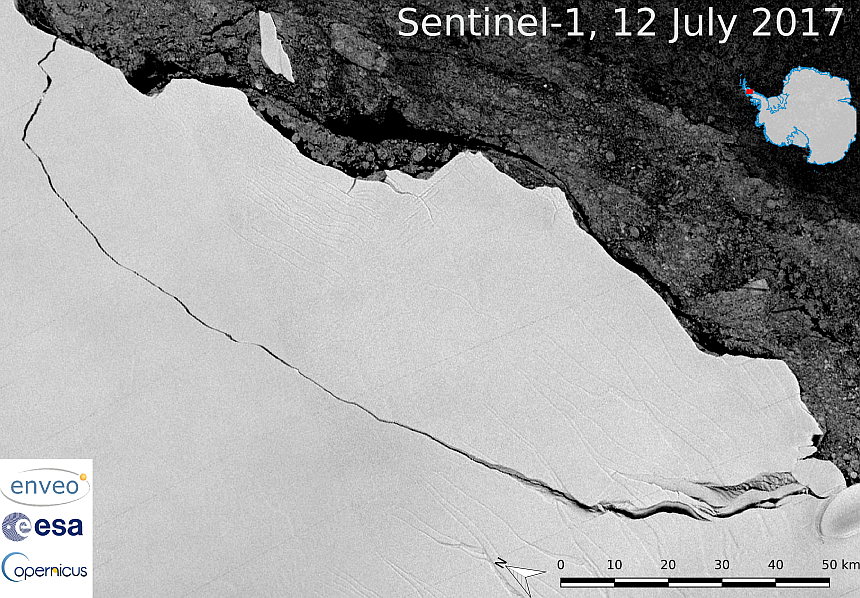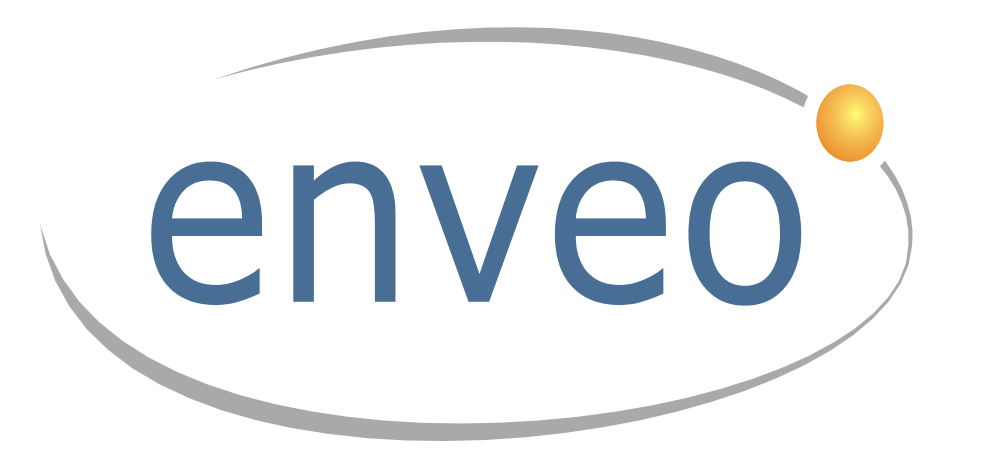ABOUT THE PROJECT
ARTIFICIAL INTELLIGENCE FOR ICE SHELVES
Objective
In AI4IS we aim to develop the first AI-based forecasting system for iceberg calving of Antarctic ice shelves. Our AI model, which will fundamentally be built to include Explainable AI (XAI) techniques, will consume a 4-D multivariate data cube of EO products, complemented with process-model simulations of key climate parameters.
Data
The project brings together a comprehensive range of EO satellite data and products describing parameters contributing to iceberg calving. Because of the complexity of ice shelves, these include observations of processes that operate at the surface, within, and beneath the ice.
Ambition
Our ambition is to provide an adaptable and transferable framework for a future AI-based early warning system, that harnesses the power of instreaming EO datasets to deliver actionable information to a range of scientific and governmental stakeholders.
Funding
The project is supported by the European Space Agency (ESA) within the framework of the EO science for society programme.






